Link :
Millionaire biohacker Bryan Johnson has shared his anti-aging lunch that can apparently help you live until the age of 120.

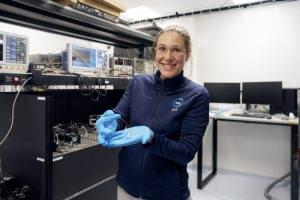
CAMBRIDGE, England, Oct. 15, 2024 — Nu Quantum has announced a proof-of-principle prototype that advances the development of modular, distributed quantum computers by enabling connections across different qubit modalities and providers. The technology, known as the Qubit-Photon Interface, functions similarly to Network Interface Cards (NICs) in classical computing, facilitating communication between quantum computers over a network and supporting the potential growth of quantum infrastructure akin to the impact NICs have had on the Cloud and AI markets.
For quantum computers to achieve practical applications—such as accurately simulating atomic-level interactions—they must scale to 1,000 times their current size. This will require a shift from single quantum processing units (QPUs) to distributed quantum systems composed of hundreds of interconnected QPUs, operating at data center scale, similar to cloud and AI supercomputers.
The efficient transfer of quantum information between matter and light at the quantum level is the biggest challenge to scaling quantum computers, and this is the specific issue that the QPI addresses.
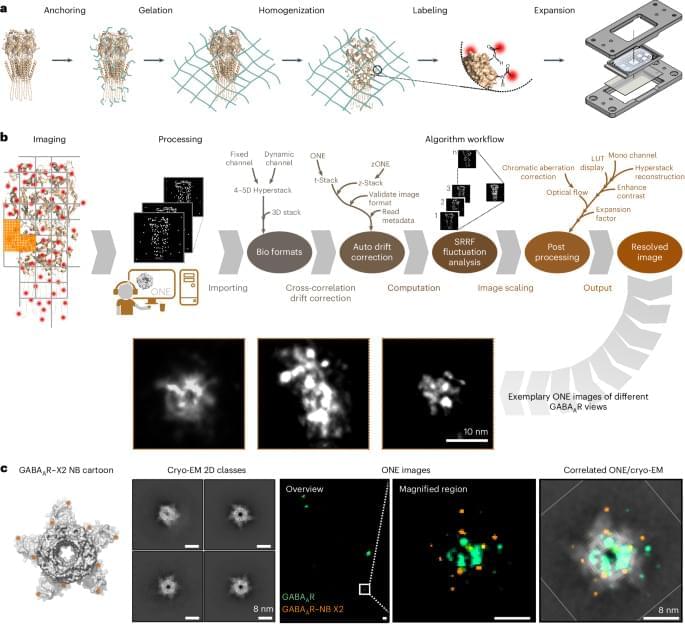
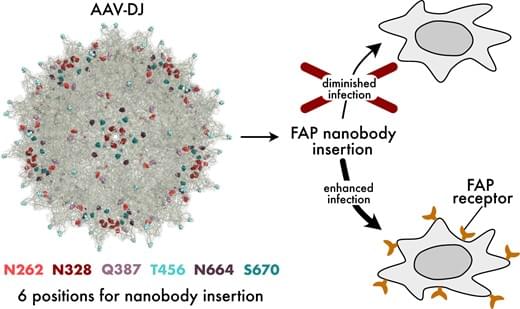
A nice study by Hoffmann et al. where nanobodies were inserted into various locations on adeno-associated virus (AAV) capsids. The authors also ablated hepatocyte tropism by mutating the heparan binding domain of the AAVs. These strategies greatly enhanced cell type specific targeting (in vitro).
Abstract. Adeno-associated virus (AAV) has been remarkably successful in the clinic, but its broad tropism is a practical limitation of precision gene therapy. A promising path to engineer AAV tropism is the addition of binding domains to the AAV capsid that recognize cell surface markers present on a targeted cell type. We have recently identified two previously unexplored capsid regions near the 2/5-fold wall and 5-fold pore of the AAV capsid that are amenable to insertion of larger protein domains, including nanobodies. Here, we demonstrate that these hotspots facilitate AAV tropism switching through simple nanobody replacement without extensive optimization in both VP1 and VP2. Our data suggest that engineering VP2 is the preferred path for maintaining both virus production yield and infectivity. We demonstrate highly specific targeting of human cancer cells expressing fibroblast activating protein (FAP). Furthermore, we found that the combination of FAP nanobody insertion plus ablation of the heparin binding domain can reduce off-target infection to a minimum, while maintaining a strong infection of FAP receptor-positive cells. Taken together, our study shows that nanobody swapping at multiple capsid locations is a viable strategy for nanobody-directed cell-specific AAV targeting.
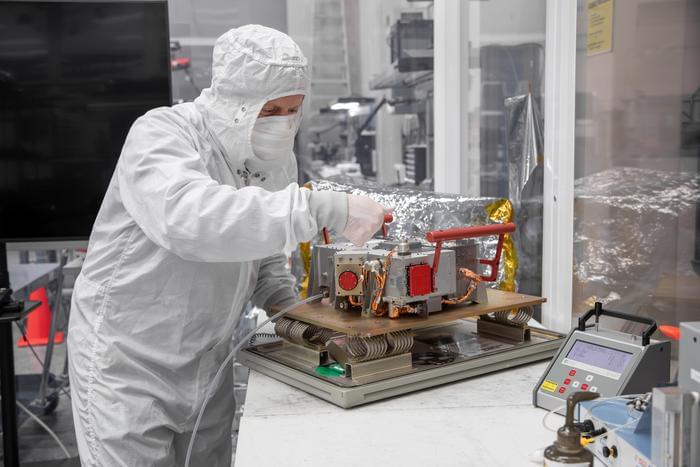
Dr. Jim Burch: “With these precise measurements, the composition of the gases will reveal the story of the interior and whether the conditions for life exist beneath the icy surface of Europa.”
Will we find the building blocks of life, and potentially signs of life, on Jupiter’s moon, Europa? This is what the nine instruments onboard the recently launched NASA Europa Clipper mission hopes to address, with two being developed by the Southwest Research Institute (SwRI), the MAss Spectrometer for Planetary EXploration (MASPEX) and Ultraviolet Spectrograph (Europa-UVS). These two instruments hold the potential to help researchers determine the habitability of Europa and whether the small moon could support life as we know it.
The goal of MASPEX is to investigate the molecules that leave Europa’s surface, which occur either from Jupiter’s intense radiation interacting with the surface or emanating from Europa’s subsurface ocean that lies beneath its icy crust. MASPEX will accomplish this by collecting gases and stripping the ions to determine the types and sizes of the molecules present in the gases. Through this, MASPEX will help scientists better understand the chemical composition of Europa’s atmosphere, icy surface, and subsurface ocean.
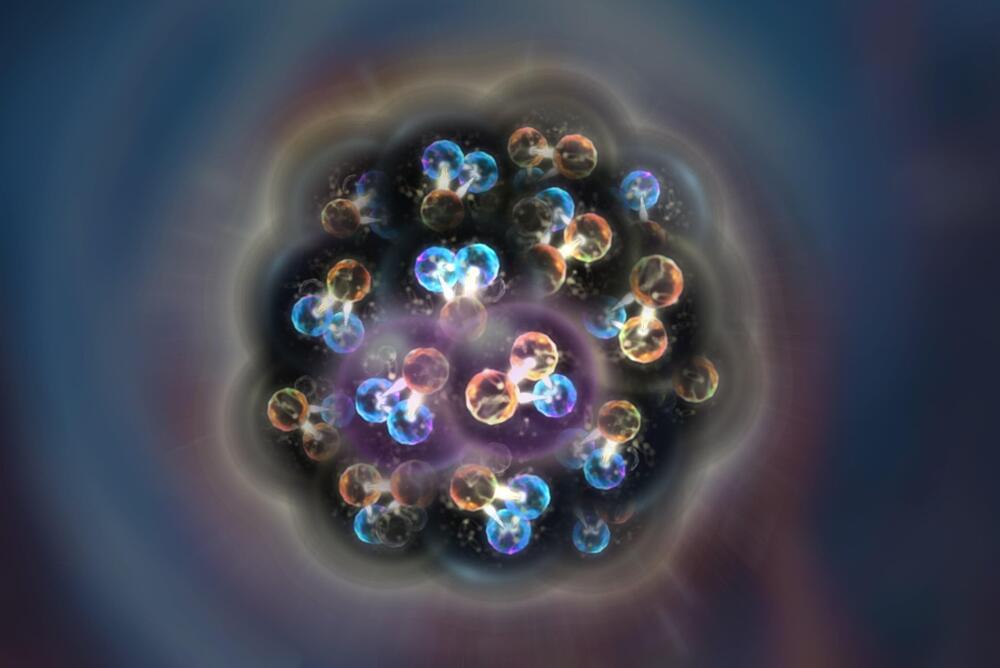
The atomic nucleus is made up of protons and neutrons, particles that exist through the interaction of quarks bonded by gluons. It would seem, therefore, that it should not be difficult to reproduce all the properties of atomic nuclei hitherto observed in nuclear experiments using only quarks and gluons. However, it is only now that physicists, including those from the Institute of Nuclear Physics of the Polish Academy of Sciences in Cracow, have succeeded in doing this.

The human brain’s remarkably prolonged development is unique among mammals and is thought to contribute to our advanced learning abilities. Disruptions in this process may explain certain neurodevelopmental diseases.
Now, a team of researchers led by Prof. Pierre Vanderhaeghen (VIB-KU Leuven), together with scientists of Columbia University and Ecole Normale Supérieure has discovered a link between two genes, present only in human DNA, and a key gene called SYNGAP1, which is mutated in intellectual disability and autism spectrum disorders.
Their study, published in Neuron, provides a surprisingly direct link between human brain evolution and neurodevelopmental disorders.
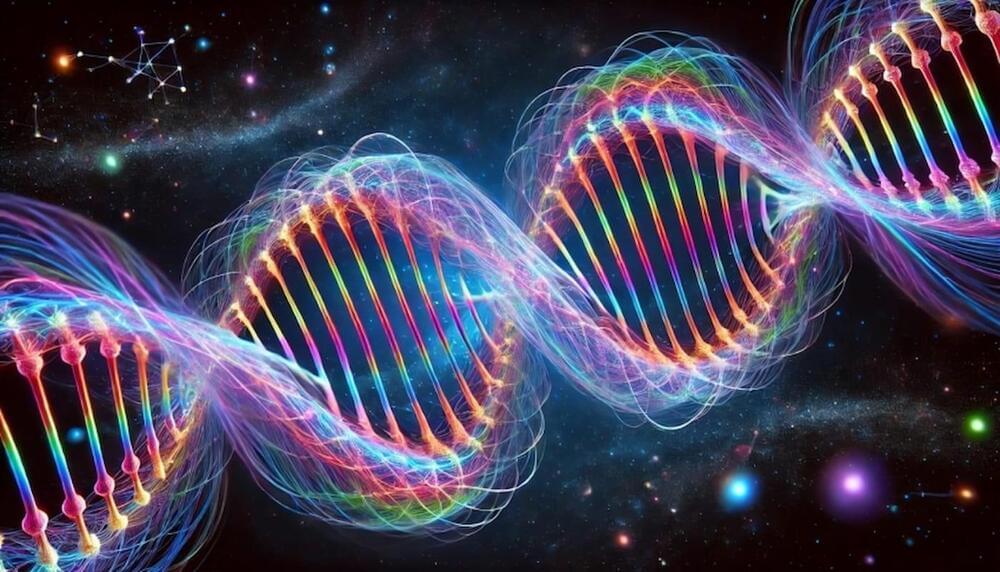
An international team of scientists, composed of researchers from the Complutense University of Madrid, Saint Louis University’s Madrid campus, and the University of California, has proposed a new theory suggesting that spacetime could be made up of “entangled virtual bosons”, similar to the double helix of DNA. This finding, which could have significant implications for the unification of gravity and electromagnetism, was recently published in the journal General Relativity and Gravity.
The research was led by Professor Robert Monjo, who holds a PhD in physics and mathematics from Saint Louis University’s Madrid campus, in collaboration with Professor Rutwig Campoamor-Stursberg, head of the Department of Algebra, Geometry, and Topology at the Complutense University of Madrid, and researcher Álvaro Rodríguez-Abella from the University of California, Los Angeles. According to the authors, their work represents an important step forward in understanding the true nature of spacetime. Monjo states: Up until now, there has been a significant gap between gravity and the other forces of nature, but with this study, we have found a link that could unite them.
One of the key aspects of this study lies in the extension of the idea of “color” symmetry—a concept from quantum chromodynamics—applied to gravity. This approach could allow gravity and electromagnetism to be interpreted as manifestations of a more general theory. Symmetries, defined as invariances of observed quantities under different transformations, are fundamental to understanding modern physics. In this case, the researchers have generalized these symmetries to propose what they call “colored gravity”, a theory that expands on Einstein’s ideas about gravity.
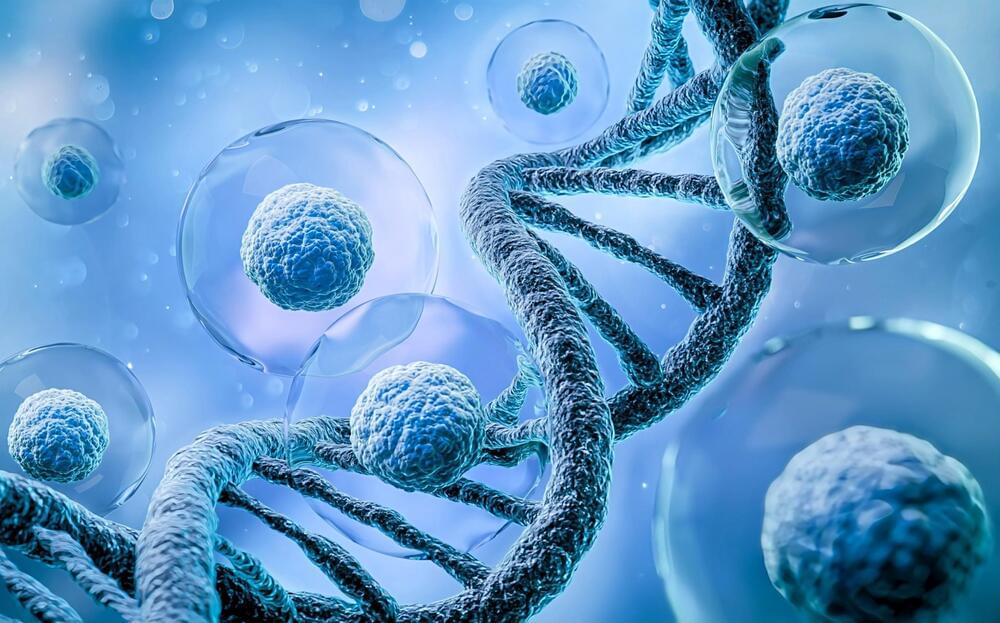

This week, the October sky is treating us to a brilliant display that you won’t want to miss — the Hunter’s supermoon, a rare comet, and the Orionids meteor shower.
Comet C/2023 A3 Tsuchinshan-ATLAS is a rare comet making its journey past Earth, offering a unique opportunity to witness its tail of icy particles glistening against the dark canvas of space.
In addition, this week features the biggest supermoon of the year, Hunter’s supermoon, which will illuminate the night with a breathtaking orangish glow.